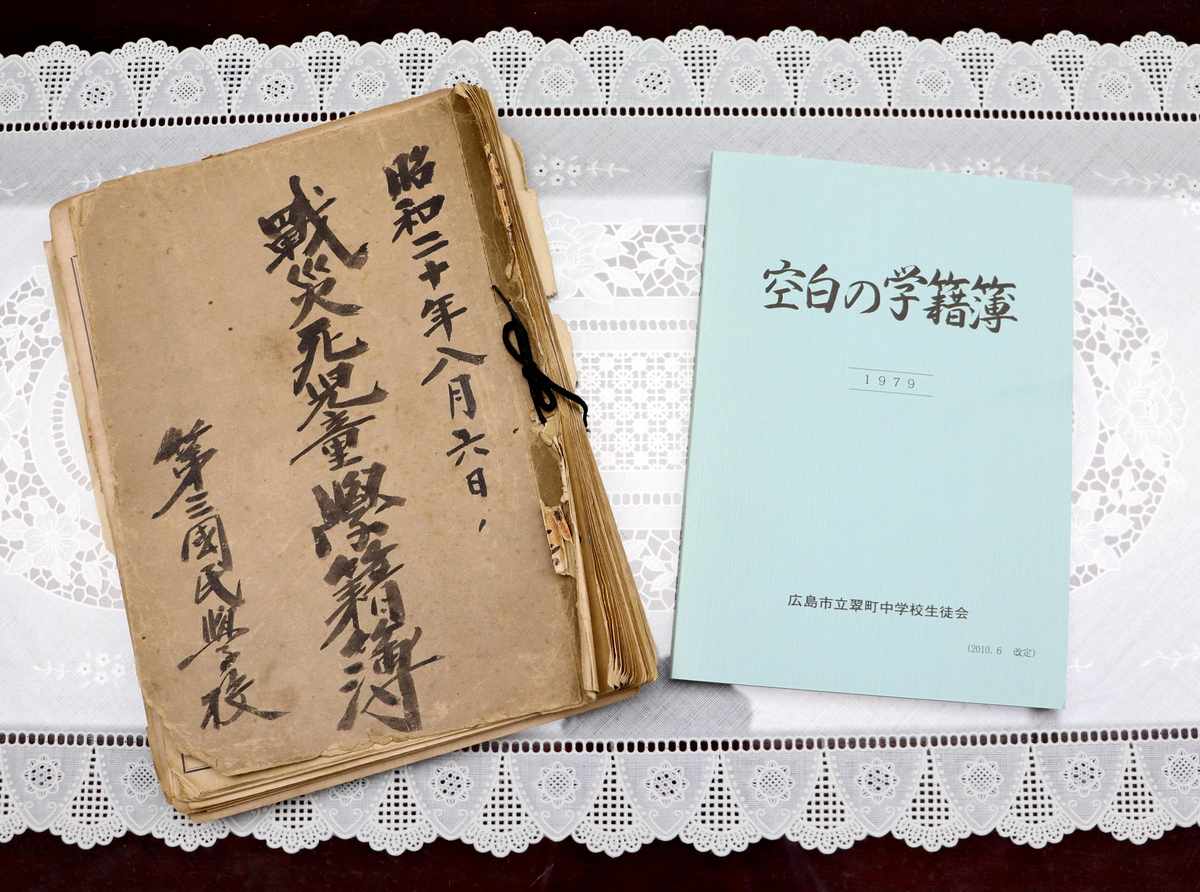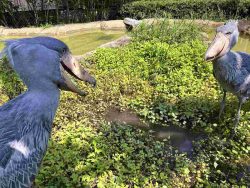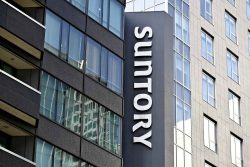Nagasaki: Atomic Bomb Survivors’ Groups Gain Momentum After Hidankyo’s Nobel Peace Prize Win
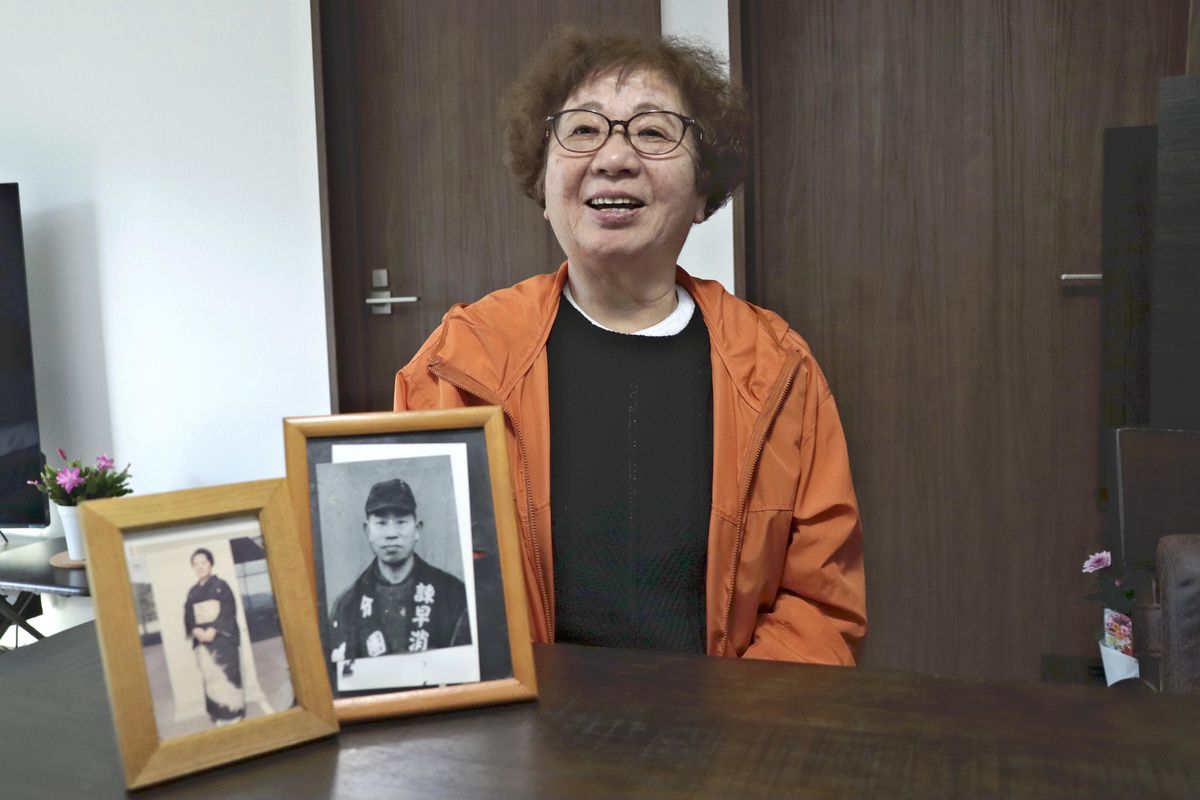
Kimiyo Sato speaks during an interview beside photographs of her parents in Isahaya, Nagasaki Prefecture, on Nov. 7.
7:00 JST, November 30, 2024
NAGASAKI — The activities of second-generation atomic bomb survivors in Nagasaki City have gained momentum after Nihon Hidankyo, or the Japan Confederation of A- and H-Bomb Sufferers Organizations, won this year’s Nobel Peace Prize.
Since the Norwegian Nobel Committee announced Hidankyo’s selection for the prize on Oct. 11, three people have joined the Nagasaki Atomic Bomb Survivors Council. It is a member organization of Hidankyo, and is made up of second-generation atomic bomb survivors. There have also been numerous people applying to volunteer on the council.
One of the three is Kimiyo Sato, 75, from Isahaya, Nagasaki Prefecture, who is a daughter of bomb survivors. Her mother Asaki, who died in 2006 at the age of 95, was exposed to radiation at a school in Isahaya, while trying to help bomb survivors who had arrived from Nagasaki City by train.
Sato’s father Masao, who carried bombing victims in the city with a two-wheeled cart, was also exposed to radiation. He died in 1960 at the age of 59.
For a long time, Sato was unaware that both her parents were hibakusha atomic bomb survivors. Only after her mother obtained a certificate at around 80 years old was Sato recognized as a second-generation hibakusha.
Sato said she was disconnected from the movement of survivors and others calling for the abolition of nuclear weapons. However, she decided to become a member of the council after hearing about Nihon Hidankyo’s win.
“I thought there may be something I can do,” she said.
“Having heard my mother and father’s memories, I’m the only one who can talk about the tragedy of being exposed to radiation while providing relief and call for peace,” Sato said.
She said she wants to be involved in the activities as a second-generation hibakusha, even if it is little by little.
The council’s volunteer team is working to produce a video of 80 hibakusha sharing their experiences. It began recruiting more volunteers from Oct. 17 to work on editing the video and translating it into English.
Eight people joined the volunteer team, which had six members before Hidankyo’s Nobel prize win. One of the eight is a 64-year-old woman who runs an English cram school in Nakagawa, Fukuoka Prefecture.
Foreign visitors ring bell
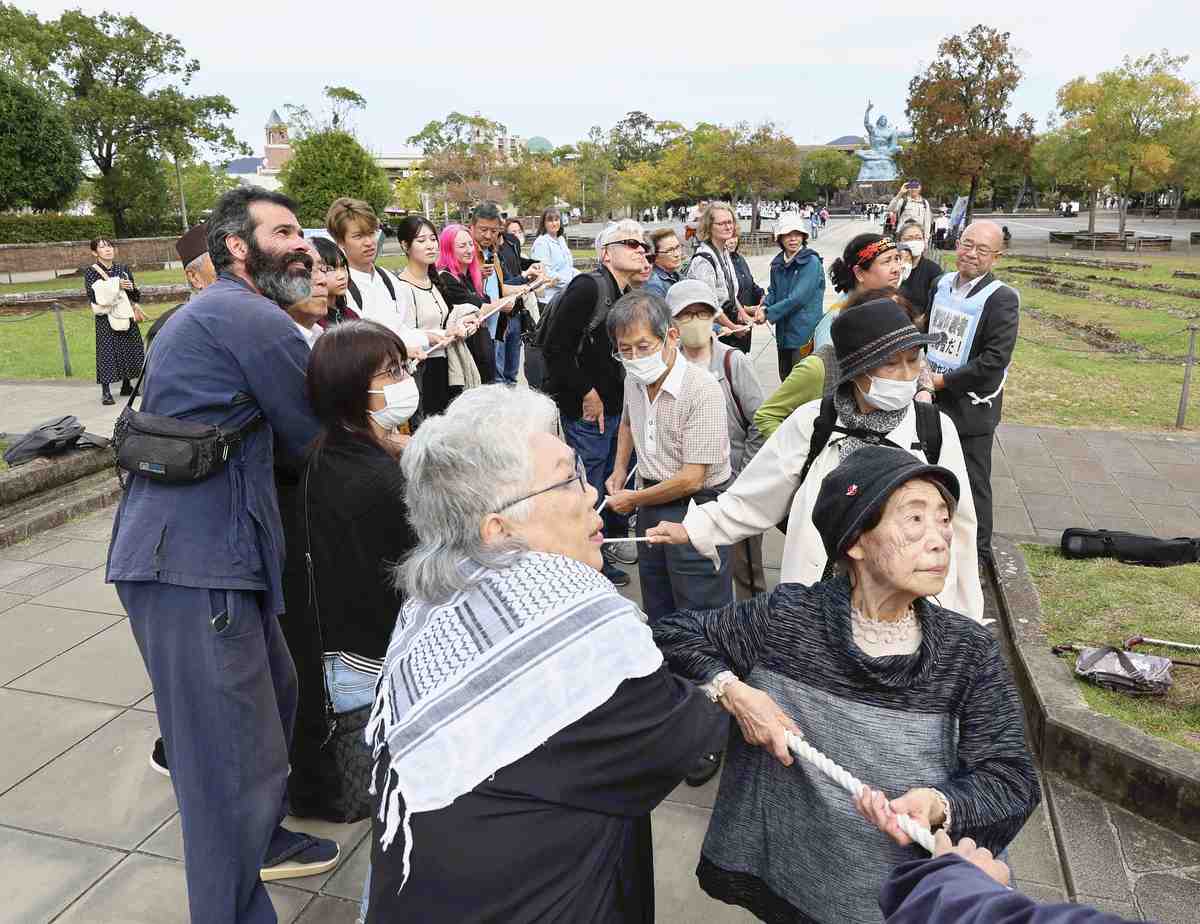
Atomic bomb survivors and tourists ring the Nagasaki Peace Bell at Nagasaki Peace Park in Nagasaki City on Nov. 9.
Interest in the peace movement is growing among the general public as well.
In October, the number of individual visitors to the Nagasaki Atomic Bomb Museum in Nagasaki City was 34,486, up about 6,000 from the same month last year, according to a preliminary report. The number of foreign visitors to the museum is said to be increasing.
Michishirube, an organization of university students and others in Nagasaki Prefecture, has been selling peace-themed merchandise to raise funds for activities such as giving peace education classes at elementary and junior high schools. Their T-shirts and shoulder bags are said to have sold out after Nihon Hidankyo’s Nobel Prize win.
Gatherings are held to pray for peace on the ninth of every month in Nagasaki, where an atomic bomb was dropped on Aug. 9, 1945. On Nov. 9, the first memorial day after the Nobel prize win, many foreign tourists, young people and others participated in events held at various locations.
The Nagasaki Hibakusha Notebook Friendship Association, one of four Nagasaki organizations of atomic bomb survivors, rings the Nagasaki Peace Bell at Nagasaki Peace Park on the ninth of every month at 11:02 a.m., the exact time the atomic bomb exploded. About 40 people, including foreign tourists, pulled the rope hanging from the bell to ring it together on Nov. 9.
David Woo, 54, an American who was visiting Nagasaki for the first time to learn more about the bombing, said that Nihon Hidankyo’s win will keep spread awareness about the threat of nuclear weapons, and ringing the bell is meaningful to prevent the memory of the bombing from fading.
“I am glad that more people are interested in the atomic bombing because of the peace prize win. Peace is what we all want, regardless of nationality,” said Fumi Takeshita, 83, an atomic bomb survivor.
Related Tags
"Features" POPULAR ARTICLE
-

Sanrio to Open Museum in Yamanashi Pref. Dedicated to Founder, Exhibits Include Hello Kitty, Other Characters
-

Autumn Foliage Surrounds Visitors to Tokyo’s Showa Kinen Park
-

My Daughter No Longer Speaks to Me, But I Want to See Her and My Grandchild
-

Kumamoto: Public Bath Refurbished as Library Where You Can Chat, Take Photos
-
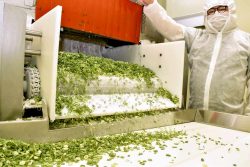
Frozen Vegetables: Demand Rises for Convenient, Tasty Domestic Produce
JN ACCESS RANKING
-

Tokyo Economic Security Forum to Hold Inaugural Meeting Amid Tense Global Environment
-

Keidanren Chairman Yoshinobu Tsutsui Visits Kashiwazaki-Kariwa Nuclear Power Plant; Inspects New Emergency Safety System
-

Imports of Rare Earths from China Facing Delays, May Be Caused by Deterioration of Japan-China Relations
-

University of Tokyo Professor Discusses Japanese Economic Security in Interview Ahead of Forum
-

Japan Pulls out of Vietnam Nuclear Project, Complicating Hanoi’s Power Plans
